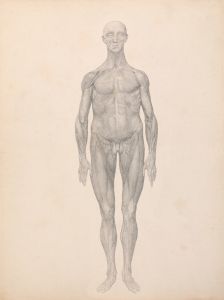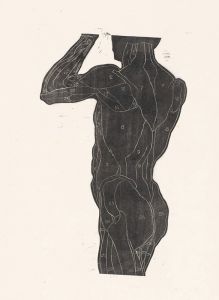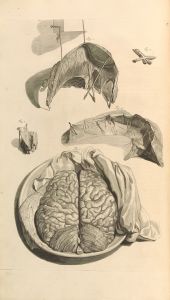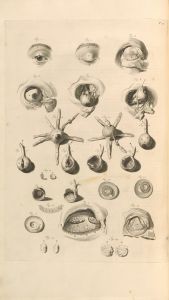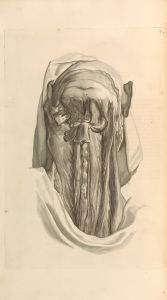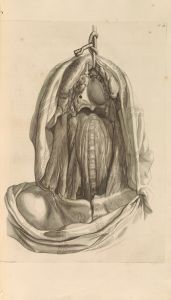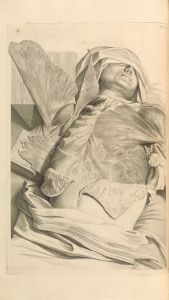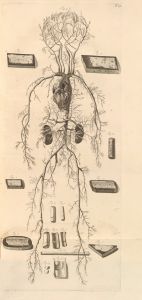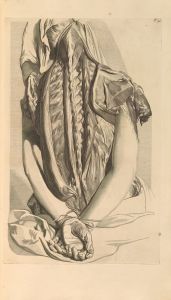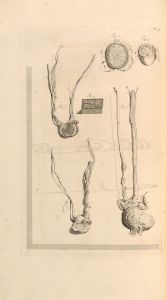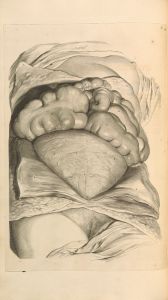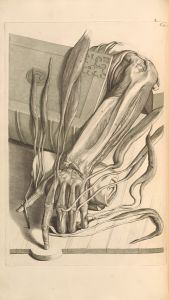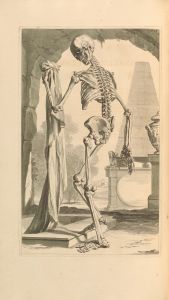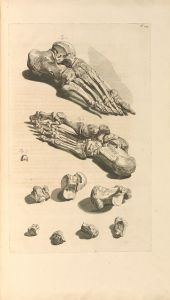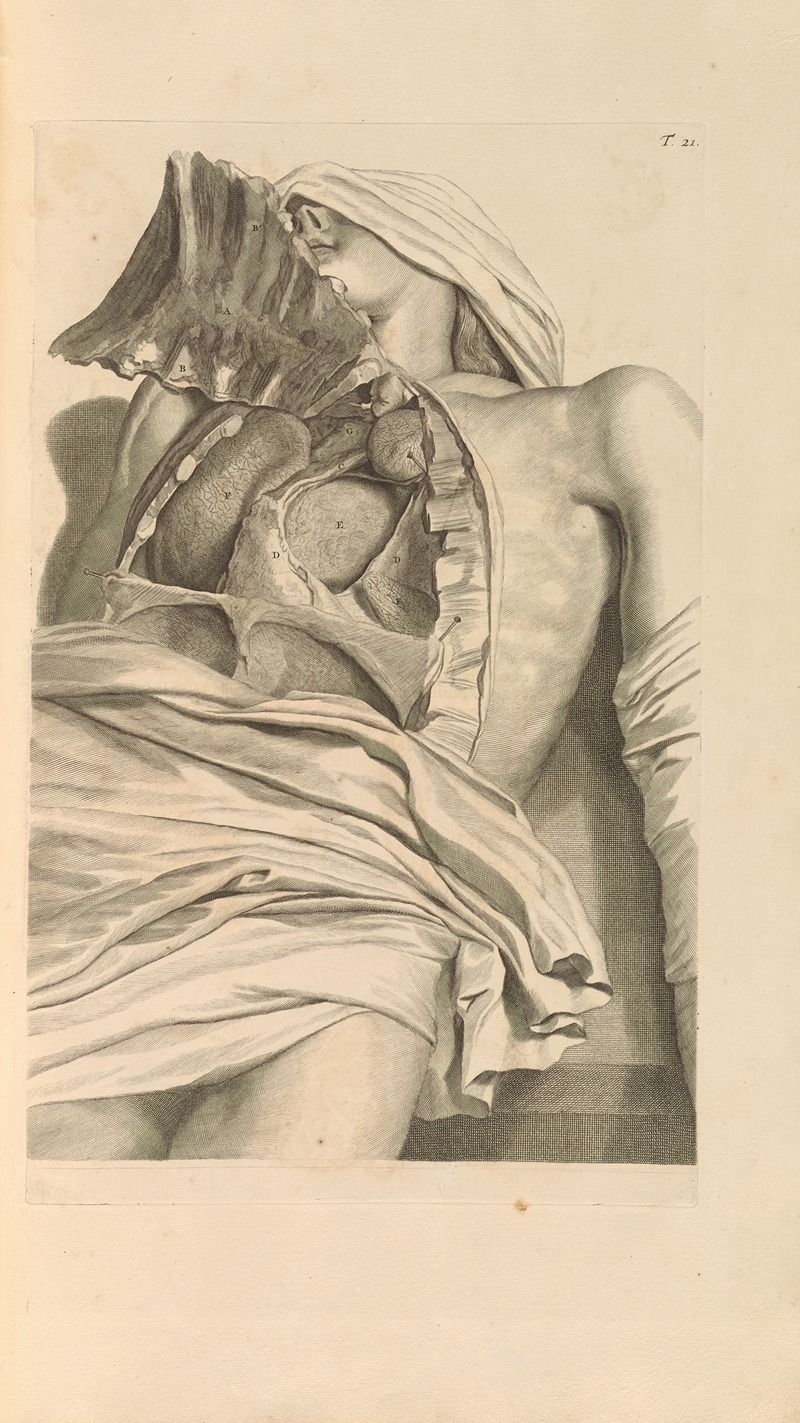
Anatomia humani corporis Pl.022
A hand-painted replica of Gerard de Lairesse’s masterpiece Anatomia humani corporis Pl.022, meticulously crafted by professional artists to capture the true essence of the original. Each piece is created with museum-quality canvas and rare mineral pigments, carefully painted by experienced artists with delicate brushstrokes and rich, layered colors to perfectly recreate the texture of the original artwork. Unlike machine-printed reproductions, this hand-painted version brings the painting to life, infused with the artist’s emotions and skill in every stroke. Whether for personal collection or home decoration, it instantly elevates the artistic atmosphere of any space.
Gerard de Lairesse was a prominent Dutch Golden Age painter and art theorist, known for his classical style and significant contributions to the art world during the 17th century. One of his notable works includes the illustrations for the anatomical atlas "Anatomia Humani Corporis," which was published in 1685. This atlas was a collaboration with the Dutch anatomist Govard Bidloo, who provided the scientific expertise and descriptions for the anatomical illustrations.
The specific illustration "Anatomia Humani Corporis Pl.022" is part of this comprehensive anatomical atlas. The work is renowned for its detailed and accurate depiction of human anatomy, which was groundbreaking at the time. De Lairesse's illustrations in the atlas are characterized by their meticulous attention to detail and artistic finesse, combining scientific accuracy with aesthetic appeal. This combination was instrumental in advancing the study of human anatomy during the period.
The atlas itself was a significant contribution to medical science, as it provided one of the most detailed and accurate representations of the human body available at the time. The illustrations were based on dissections and were intended to serve as a reference for both medical professionals and students. The collaboration between de Lairesse and Bidloo marked a significant intersection between art and science, showcasing how artistic skill could enhance scientific understanding.
Gerard de Lairesse's involvement in this project highlights his versatility as an artist and his ability to adapt his skills to different fields. Although primarily known for his work in painting and art theory, his contribution to "Anatomia Humani Corporis" demonstrates his capacity to apply his artistic talents to scientific endeavors. The illustrations he created for the atlas are still regarded as some of the finest examples of anatomical art from the period.
The publication of "Anatomia Humani Corporis" was not without controversy. The atlas was later plagiarized by the renowned anatomist William Cowper, who published it under his own name in England, leading to a significant dispute over the rightful ownership and authorship of the illustrations. Despite this controversy, the original work by Bidloo and de Lairesse remains a landmark in the history of anatomical illustration.
In summary, "Anatomia Humani Corporis Pl.022" by Gerard de Lairesse is an exemplary piece of anatomical art that reflects the intersection of art and science during the Dutch Golden Age. The illustration is part of a larger body of work that has had a lasting impact on the fields of both art and medicine, showcasing the enduring legacy of de Lairesse's artistic contributions to scientific understanding.





